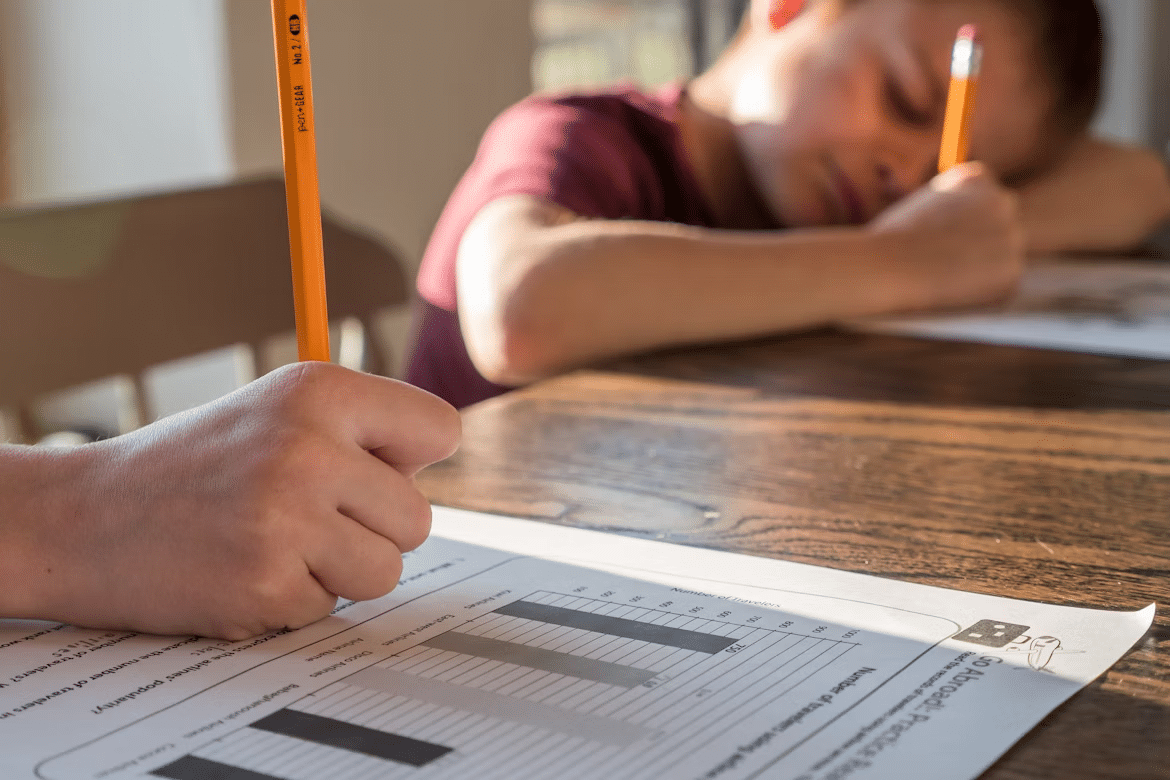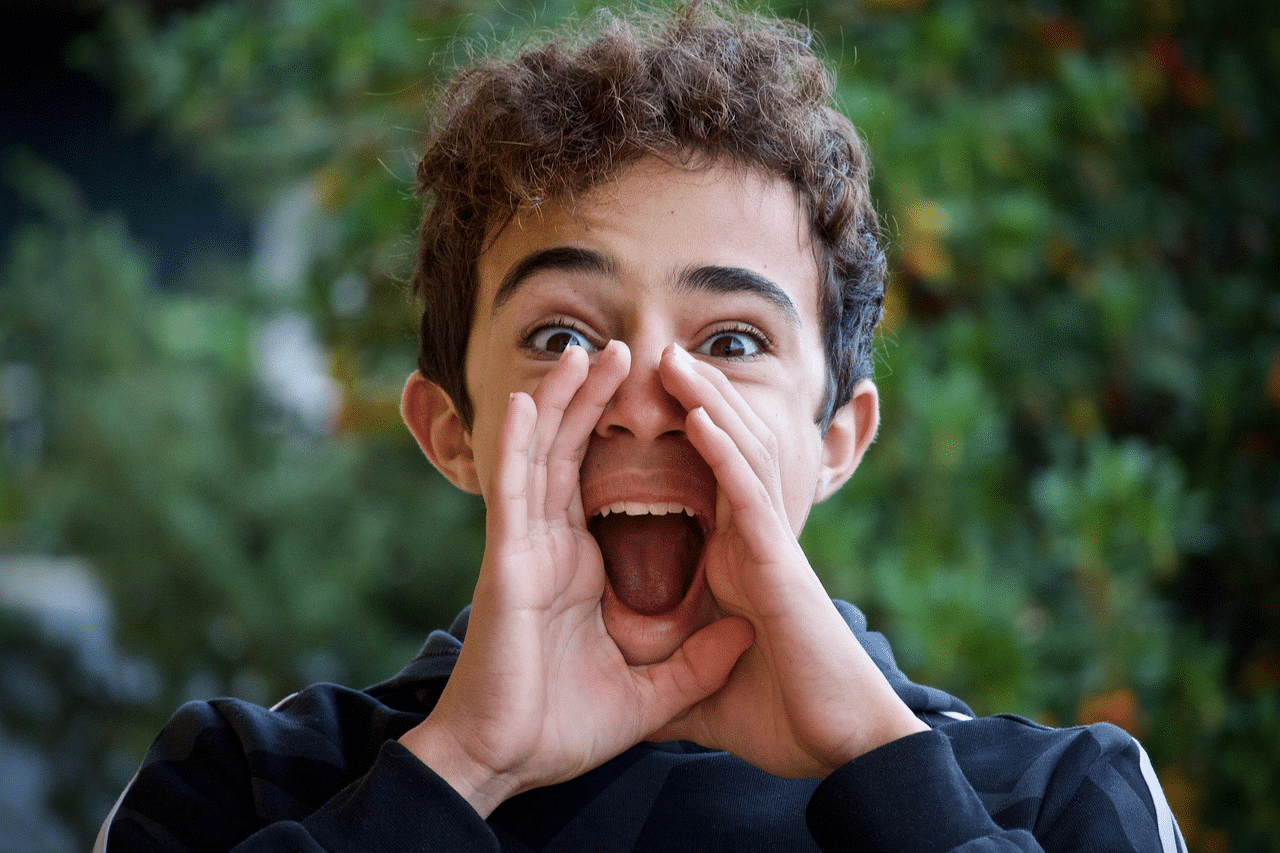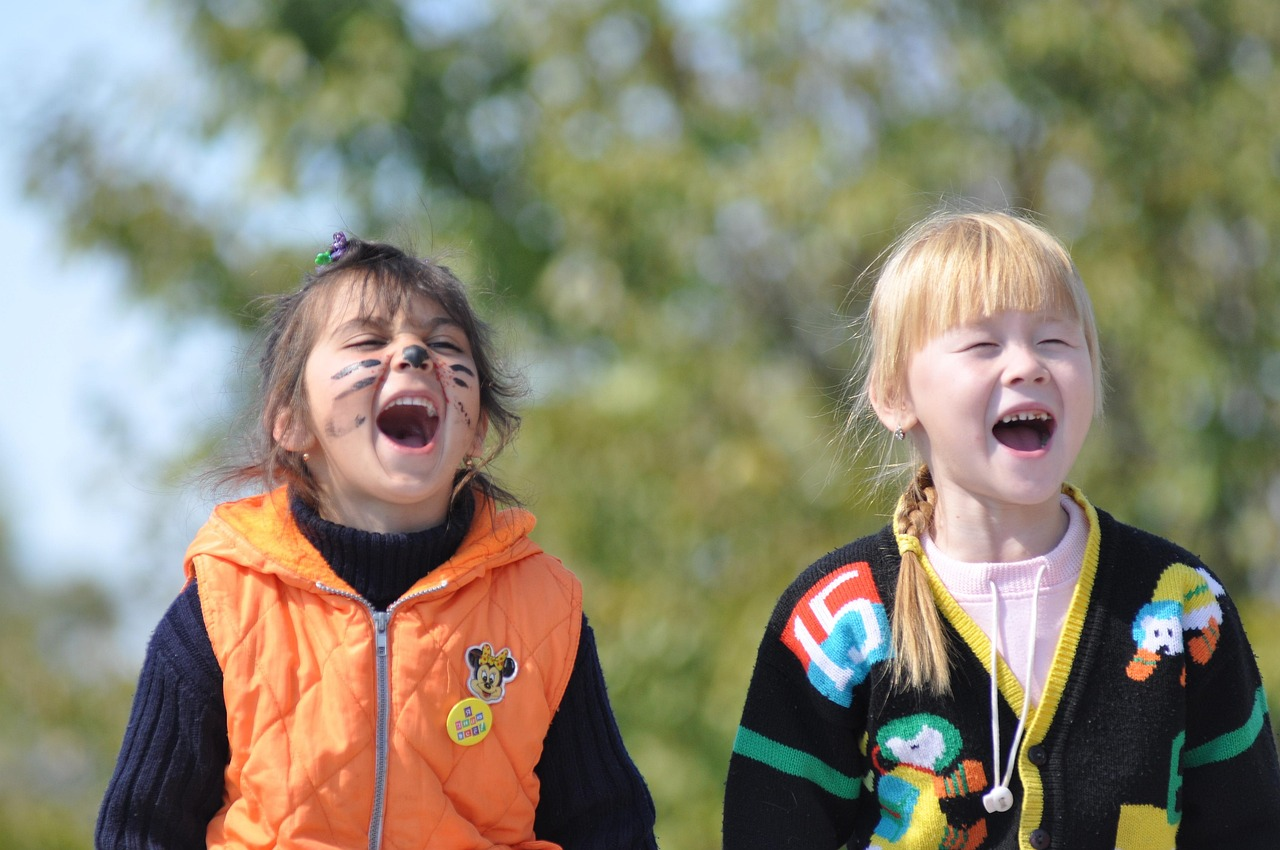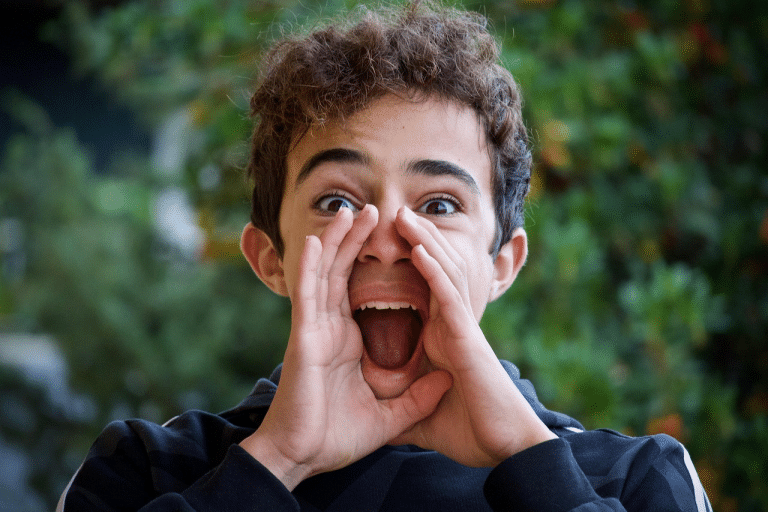Attention-Deficit/Hyperactivity Disorder (ADHD) is one of the most common neurodevelopmental conditions in children. While ADHD is often discussed in broad terms and becoming “trendy”, the reality is that symptoms can look very different depending on whether a child is a boy or a girl.
Because of this, many children remain undiagnosed or misunderstood until they might potentially develop mental health problems later in life. ADHD symptoms in kids boys and girls actually do differ, which means that parents should also adapt to their child’s special needs.
ADHD in Kids Explained
ADHD is a neurodevelopmental condition, which means it affects how the brain develops and works. That’s why the ADHD symptoms are most noticeable in kids. Due to brain differences, ADHD affects how children regulate attention, impulses, activity, organization, etc.
According to the DSM-5, it is categorized into three main types: inattentive, hyperactive-impulsive, and combined. Symptoms may vary widely, but they typically appear before age 12 and interfere with school, friendships, or family life. The only definite way to tell if a kid has ADHD is to take an ADHD test either online or at a local neurologist or psychiatrist. While online testing is not a diagnosis, it helps parents to create an agenda to discuss with a pediatrician or mental health professional.
Causes
There is no single cause of ADHD. Usually, a combination of genetic, neurodevelopmental, and environmental factors is needed for a child to develop ADHD. Here are the causes in more detail:
- Genetics. Studies show that children with a parent or sibling diagnosed with ADHD are more likely to develop it themselves. In fact, hereditary factors account for 79% of the probability of developing ADHD symptoms in kids.
- Disrupted neurological development. Brain imaging research has also found structural and functional differences in the prefrontal cortex and dopamine pathways responsible for attention and motivation. There are many reasons why neurodevelopment can go off the “expected” rails, but it can also happen just because of gene mutations that cannot be disputed.
- Environmental factors. Among them are prenatal exposure to smoking, alcohol, or stress, complications during birth, or exposure to certain toxins in childhood.
- Adverse Childhood Experiences (ACEs). It’s still unknown how exactly stress in early childhood, such as bullying, abuse, low socioeconomic status, or poverty, can impact brain development. But it’s proven that there is a correlation between ACEs and the development of ADHD (or worsening of its symptoms in kids).
It’s important to emphasize that ADHD is not caused by too much sugar, poor discipline, or too much screen time. Those are common myths that can stigmatize children and families. Instead, ADHD is a complex interplay of biology and environment that influences how a child’s brain develops.
Co-occurring Conditions & Complications
According to the 2007 National Survey of Children’s Health, 33% of boys and girls with ADHD symptoms had at least one additional condition, and 18% had three or more. A few common complications of ADHD in kids:
- Conduct Disorder (CD). Present in about 25-50% of kids with ADHD symptoms, CD signs are aggression, frequent lying, or breaking rules. These children may seem “defiant” at school or home, but underneath is difficulty regulating impulses.
- Anxiety Disorders. Affecting roughly 1 in 5 children with ADHD, anxiety shows up as constant worry, fear of failure, or physical symptoms like stomachaches before school.
- Depression. Up to half of children with ADHD might also develop depression. This can look like persistent sadness, withdrawal from friends, or loss of interest in activities they once enjoyed. Sometimes parents misinterpret this as laziness, when in fact they are sensitive and misunderstood.
- Learning Disabilities. Around 20-45% of kids with ADHD also have difficulties with reading, writing, or math. ADHD itself isn’t a learning disability, but inattention and impulsivity can make academic struggles more visible.
- Autism Spectrum Disorder (ASD). About 1 in 5 children with ADHD also have autism. Correlation between neurodiverse conditions, such as ASD and ADHD, is strong. That’s why they might have overlapping traits, difficulty with social cues, or sensory sensitivity. It’s important to distinguish one condition from the other, but it can be hard without a professional assessment.

ADHD Symptoms in Kids: Gender Differences
ADHD does not present in the same way across genders, which is one of the main reasons many children remain undiagnosed. Boys are diagnosed with ADHD two to three times more often than girls.
This is not necessarily because boys have ADHD more frequently, but because their symptoms often appear more disruptive. In contrast, girls with ADHD are more likely to show quieter, inattentive symptoms, which can be dismissed as shyness. Without a gender-sensitive lens, many girls get delayed diagnosis and support, and feel “not like others” throughout almost all of their lives.
ADHD Symptoms in Kids Boys
- Hyperactive and impulsive behaviors
Boys with ADHD often fidget, tap their feet, have trouble staying seated, or scream the answers before a teacher finishes asking the question. These ADHD signs in boys make them more noticeable in classrooms and group settings.
- Academic struggles
Schoolwork and other assignments might seem hard for boys if they are not interesting enough for them. Boys may skip steps in problem-solving or lose track of instructions. This doesn’t tell anything about boys’ intelligence in comparison to girls, but rather about their gendered upbringing, where they are allowed to skip homework here and there.
- Challenges at home
Symptoms also show up outside school. Boys with ADHD may resist chores, ignore or forget multi-step directions, and fight with parents over daily routines.
- Emotional regulation difficulties
Frustration tolerance for boys with ADHD symptoms is often low. Anger outbursts, yelling, or even tears over situations that seem small to others are common signs of neurodevelopmental differences. Emotional intensity is part of the ADHD profile, not a sign of boys being “spoiled.”
- Cultural expectations masking symptoms
Boys are often expected to be “naturally active” or “rowdy,” which can cause adults to dismiss early ADHD signs as normal boyish behavior. This means some boys go undiagnosed until school problems or disruptive behaviors become harder to ignore.

ADHD Symptoms in Kids Girls
- Inattentive traits
Girls with ADHD symptoms might appear “in their own world.” Daydreaming during class, losing track of assignments, or forgeting instructions are quiet common, but punished signs. Disorganization, messy desks, misplaced items, incomplete homework, are a frequent struggle.
- Borderline neatiness
Vice versa, many girls, especially in their teenage years, may feel a lot of pressure to be “good girls.” That’s why they might appear super organized with notebooks, calendars, and planners. However, such meticulous planning takes a lot of effort for them, making them still feel that they are not enough.
- Internalizing hyperactivity
Instead of running around, girls usually channel their restlessness into quieter behaviors. Common signs include doodling during lessons, nail-biting, and fidgeting with hair or jewelry. These subtler symptoms are easier for adults to overlook.
- Struggles with self-esteem
It’s common for ADHD symptoms in girls to be masked. Overcompensating by working twice as hard to keep up is also frequent. This effort often comes with feelings of guilt, fueling low self-confidence over time.
- Underdiagnosis problem
Girls’ ADHD traits are too often dismissed as “shyness,” “laziness,” or just a lack of discipline. Because they are less disruptive, teachers and parents may miss the underlying neurological condition, leading to delayed support or misdiagnosis.
- Social difficulties
Girls with untreated ADHD may have trouble maintaining friendships. This increases vulnerability to anxiety and depression, particularly in adolescence.
- Emotional toll
The constant effort to appear “perfect” can be exhausting. Many girls internalize pressure to meet expectations at school, home, or among friends.

ADHD Symptoms in Boys vs. Girls
Differences in ADHD symptoms of boys and girls are better seen in comparison. A table below summarizes key differences, accounting for ADHD types and the main affected areas.
|
Factor |
Boys |
Girls |
|---|---|---|
|
Predominantly Inattentive |
Struggles with organization, loses schoolwork, makes careless mistakes |
Daydreaming, zoning out, forgetful; may seem compliant but miss instructions; mistaken for shyness or lack of motivation. |
|
Predominantly Hyperactive-Impulsive |
Frequent fidgeting, blurting answers, and being disruptive in class. |
Restlessness channeled internally; less disruptive but still struggling. |
|
Combined Type |
Mix of inattention + hyperactivity; may overcommit, get into conflicts with peers/teachers, burnout easily. |
Mix of inattentive + subtle hyperactivity; may mask struggles with effort to appear “perfect,” leading to exhaustion. |
|
Academic Performance |
More visible struggles: incomplete homework, rushed or messy work; frequent teacher feedback about behavior. |
Lower but hidden performance: appears attentive but misses details, leading to underachievement without teachers noticing. |
|
Emotional Regulation |
Quick frustration, anger outbursts, meltdowns over small setbacks; more externalized. |
Internalized emotions: guilt, self-blame, pressure to be perfect; higher risk of anxiety or depression. |
|
Diagnosis Likelihood |
Diagnosed 2-3x more often due to disruptive behaviors that draw attention. |
Underdiagnosed; symptoms mistaken for personality traits (e.g., shy, dreamy, lazy). Often diagnosed later in adolescence/adulthood. |
|
Overlap with Co-occurring Conditions |
Higher risk of conduct disorder, oppositional defiant disorder, or learning difficulties. |
Higher risk of anxiety, depression, and eating disorders, often due to years of masking and internalizing symptoms. |
Helping Kids with ADHD Symptoms
Supporting children with ADHD doesn’t stop at recognizing their symptoms. Parents or caregivers should make intentional steps in evaluation, lifestyle, and parenting. Since boys and girls often show ADHD symptoms differently, strategies need to be adapted with sensitivity to these differences.
Assessment and Diagnosis
A professional evaluation is the first step to helping a child with ADHD. Diagnosis usually involves clinical interviews, standardized rating scales, and teacher input to capture symptoms across settings.
- For boys, it’s essential to look past disruptive behaviors and avoid simply labeling them as “problematic” or “defiant.” Make sure to observe your child at home and interview teachers at schools to collect insights on the son’s behavior when he thinks no one is watching him.
- For girls, extra care must be taken to screen for inattentive symptoms like daydreaming or forgetfulness. Because these traits are quieter, they can be dismissed as personality quirks instead of ADHD.
Accurate diagnosis prevents mislabeling and ensures children receive tailored support at home and school.
Lifestyle Adjustments
Children with ADHD thrive best in environments that are consistent, structured, and non-judgmental. Simple, everyday adjustments can reduce stress and help kids succeed at home and school:
- Establish clear daily routines so children know what to expect. Adapting to changes and “switching” between states is already difficult for them.
- Use visual planners or checklists to keep track of tasks, homework, and responsibilities. Basically, “gamification” of routine gives a kid with ADHD symptoms the dopamine that might be dysregulated in their brains.
- Minimize distractions during focus times by reducing background noise and clutter. Some kids need noise-cancelling headphones, while others intentionally seek more stimulation. Minimized distractions will help them stay on track and follow the trail of thoughts that is always slipping away from them.
- Breakdown homework or household chores into sections. Let the kids try to focus intentionally for 10-15 minutes, and then give them a break they will look forward to.
- Encourage movement and physical activity to release excess energy and improve concentration.
These small steps create predictability, which helps children with ADHD feel more secure and capable of managing challenges.
Parenting Tips
Parenting a kid with ADHD symptoms requires both patience and structure. What makes the biggest difference is consistency and focusing on strengths. Helpful approaches include:
- Set clear and consistent boundaries so expectations are easy to understand.
- Avoid harsh criticism and instead show what they are good at, but also areas they can learn. Setting an example is the best way to do so.
- Celebrate strengths and successes, even small ones, to build confidence and encourage dopamine in daily tasks, not just screen time.
- Provide immediate and positive reinforcement when children demonstrate effort or progress.
- Engage in parent training programs (like Parent-Child Interaction Therapy), which give evidence-based tools for managing ADHD.
- Limit screen time. Yes, children might be opposed to that. But a parent should also not just remove the gadgets but offer satisfying replacements. For example, instead of watching cartoons after school, children with ADHD symptoms can be encouraged to go to a park, play board games, read comics, etc.











